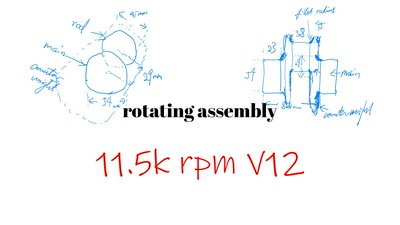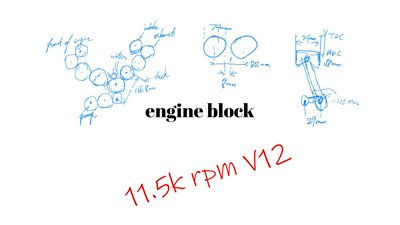techXXX
Porsche Cayenne: Mechanical and Design Evolutions Over 3 Generations
Today, I briefly go over the mechanical and design evolutions of the Porsche Cayenne over its first three generations. Emphases will be given to drivetrain and engine choice.
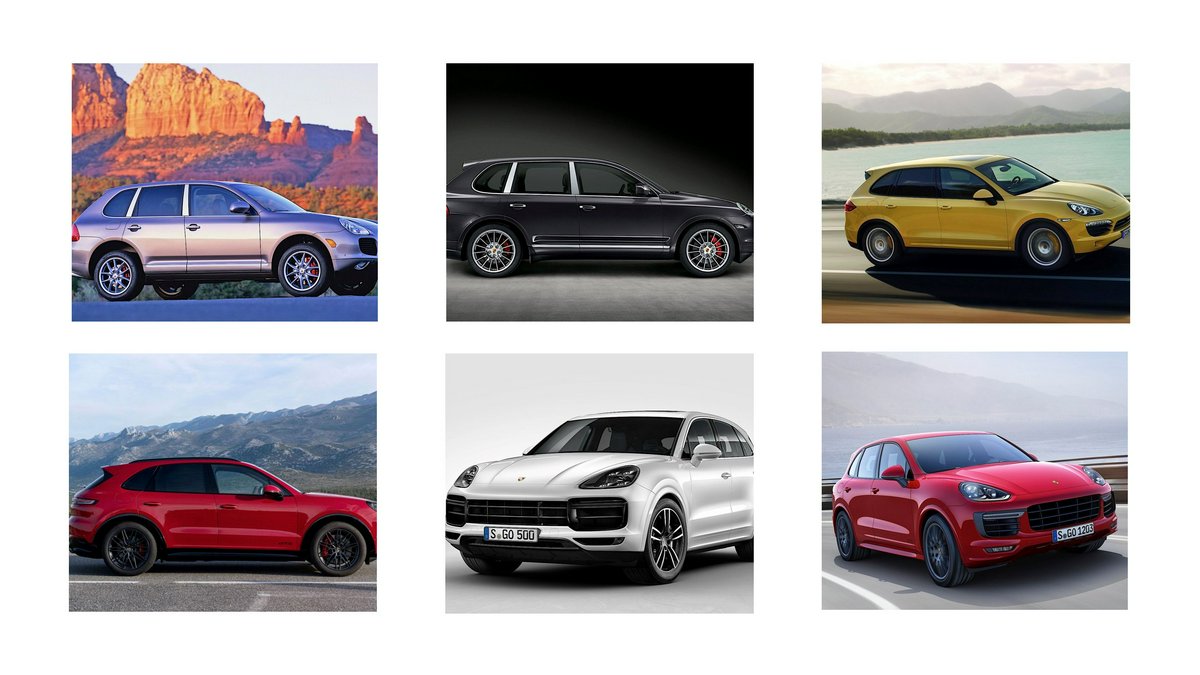
Today, I briefly go over the mechanical and design evolutions of the Porsche Cayenne over its first three generations. Emphases will be given to drivetrain and engine choice.
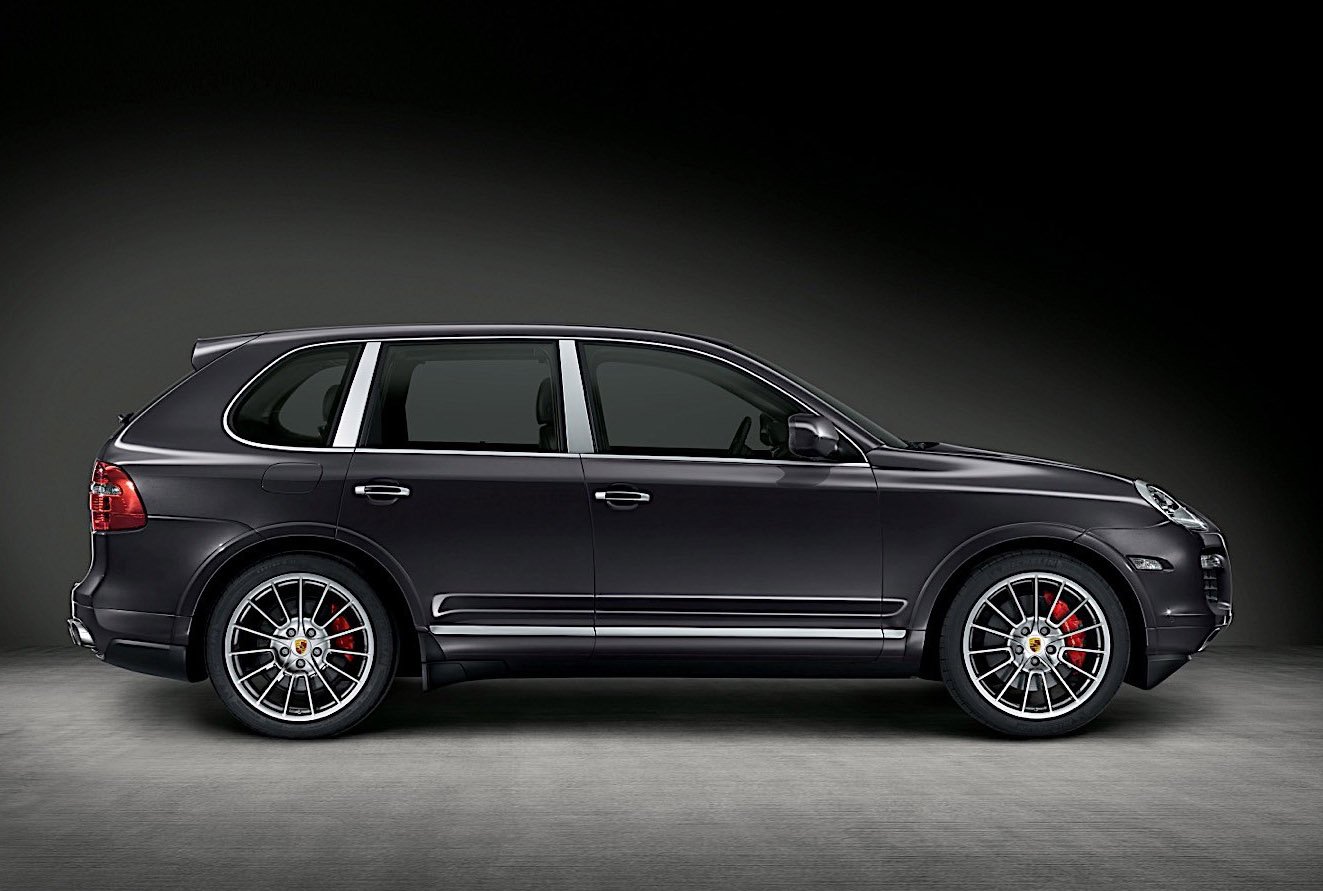
Gen 1: 9PA (955, 957)
Built on Volkswagen’s PL71 platform alongside the Audi Q7 and VW Touareg, the 1st-gen Cayenne was a more upscale Touareg with exclusive chassis updates that made it the most compelling of the trio. Even though it is physically the shortest and narrowest, it has more presence than its successors, thanks to its more upright body style and larger greenhouse. Among the many variants, the most athletic and arguably most complete design is found in the GTS.
This generation used Aisin’s TR-60SN / VAG 09D 6-speed automatic transmission. The same transmission was found in the Toyota Land Cruiser and Lexus LX570, among others. Like all Aisin RWD automatic transmissions, this unit is very robust and durable. It should be noted that Aisin updated the valve body of this transmission in 2005, with earlier ones having issues with the solenoids. Uniquely, both RWD and manual transmission were available, making this a truly enthusiast’s car.
Unlike newer generations, the original Cayenne came with a two-speed transfer case with low range and central differential lock. Rear diff lock was also available as an option. Together with the stoutest chassis design as well as optional air shock and PDCC active sway bar, this made the 1st generation Cayenne a great off-road vehicle, even though it is only a crossover (with no ladder frame).
The pre-facelift 955 engines included a base 3.2L VR6 sourced from Volkswagen and shared with the Touareg, an S 4.5L V8, and two Turbo models with the V8 in turbocharged form. While a decade ago the V8 might sounded like a great idea, the early M48 engines are now known to have common cylinder bore scoring problems. The worst was the M48.00 naturally aspirated variant in the Cayenne S. While the M48 is known as an Alusil engine, some sources suggest that the naturally aspirated blocks were manufactured using the Lokasil process. I have detailed the differences in an earlier article. Also, the M48.00 did not have oil squirters under the pistons, a design oversight that allowed the pistons to run hotter and expand more. In 2024, even the Turbos commonly suffer from bore scoring, due to normal wear and tear of the Alusil block, which has half the durability of one with cast iron cylinder sleeves, in a heavy, turbocharged car. The M48 also had some coolant leak issues that are not too difficult to fix.
The facelifted 957 engines all went with direct injection, which boosted power output and cut fuel consumption. The base 3.6L VR6 is in my opinion the best option on the used market, as its cast iron block and very simple design makes it a more durable and dependable option. It is still known in the Porsche as M55, but Volkswagen started to call it EA390 at this point. The 4.8L M48.01 naturally aspirated V8 in the S and GTS models were common choices, but they can suffer from cylinder bore scoring, even though this is much less common than with the M48.00, thanks to the addition of oil squirters. The GTS is slightly more attractive in that it has more of the characteristic V8 sound that people love. However, it is also the most fuel-hungry of the lineup. The Turbo and Turbo S models were rare and expensive. They also have the Alusil sword hanging over their heads after 15 years on the road.
Last but not least, the 957 Cayenne also included a 3.0 TDI V6 diesel engine in some regions. This is the most economical option, and it is faster than the base 3.6.
Overall, I think only the 3.6L VR6 and the GTS with manual transmission are worth looking at in 2024 and only when competitively priced.
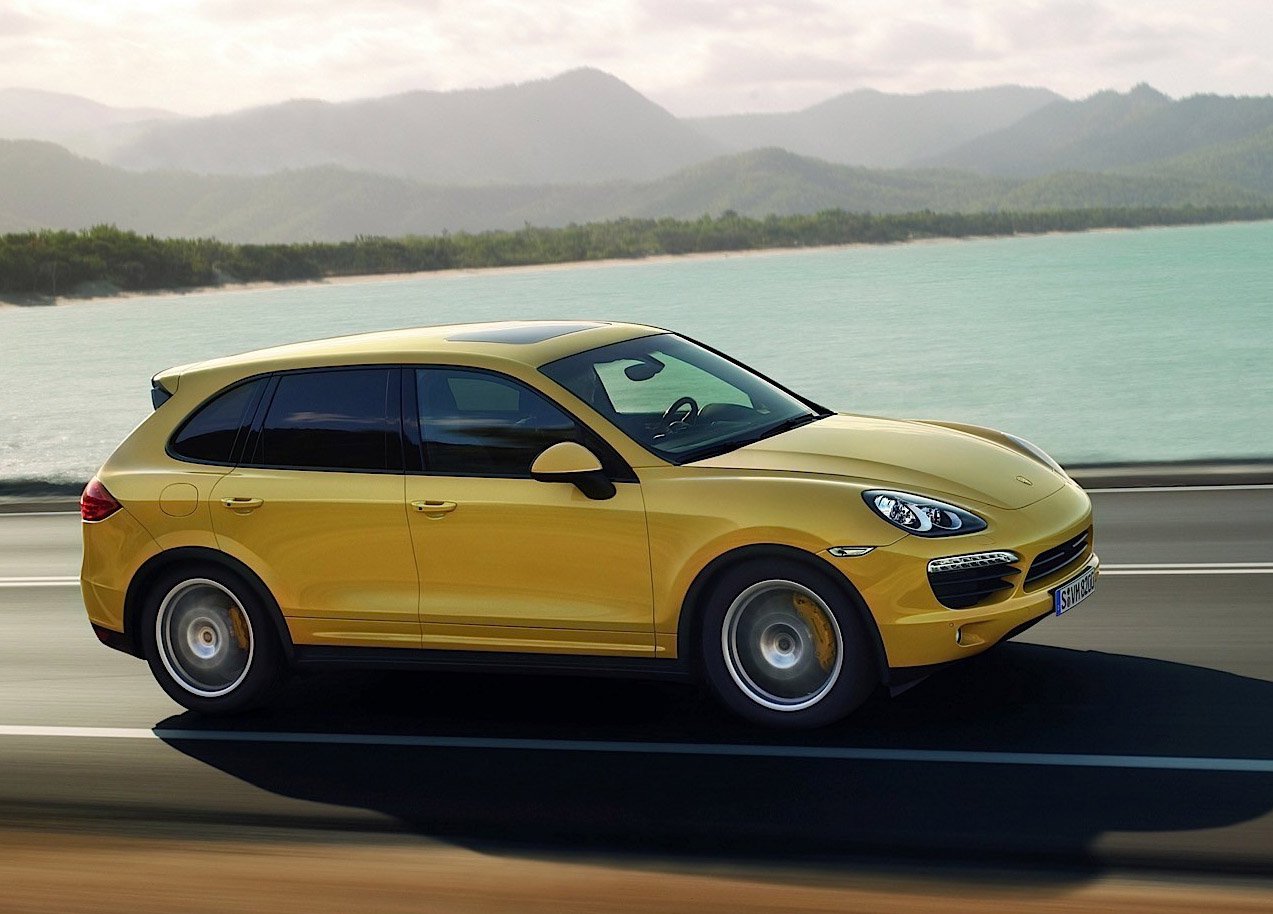
Gen 2: 92A (958)
The 2nd-generation Cayenne was built on Volkswagen’s PL72 platform, again shared with the Touareg. Unfortunately, this is rather disappointing, with both vehicles going soft and gutless. In terms of styling, the 2nd-gen Cayenne is too feminine but not graceful at all. It is feminine in its overuse of curves and bulges, something that the Italians master. However, it lacks the beauty of Italian cars. It ends up just a blob that curiously got copied by Korean and Chinese manufacturers that downsized their design departments.
The 2nd-gen Cayenne sticked with Aisin as the transmission provider, going up to 8-speed with the TR-80SD / VAG 0C8 unit. It is known as a reliable and durable gearbox, too. Porsche did away with the low range transfer case and differential locks, essentially neutering the vehicle and making it a pure “on-road SUV” or just another mid-size crossover. Porsche did not forget to reduce the strength of the chassis in order to make the car more “agile” to drive, even though a much cheaper BMW 3-Series or Lexus IS has much better handling.
Engine-wise, the 3.6L VR6 remained unchanged as the base option throughout the model run. The V8 in the S and GTS stayed on for the pre-facelift years, too. They were replaced by a Euro 6-compliant 3.6L V6 biturbo engine, essentially the 4.8L biturbo with two fewer cylinders. The Turbo and Turbo S engines also remained largely unchanged, with small power bumps. All these engines based on the original M48 are sketchy at higher mileage for the same reason they did in the 1st-gen Cayenne. Last but not least, the 3.0 TDI remained an unpopular choice.
New was the EA837 3.0L supercharged V6, which used an Eaton TVS Roots-type supercharger with two integrated charger coolers mounted in the valley. This engine powered the S Hybrid model and was offered in the base Cayenne in China. The EA837 was an Alusil engine until its update in 2013: the subsequent EA837evo came with cast iron liners as well as port injectors for dual injection. The evo is a markedly superior design.
Another addition was the 4.1L V8 TDI option in the Cayenne S Diesel. This is one of the better German diesel passenger car engines, though it had limited availability and Porsche sold very few of them.
For this generation, the base VR6 remains a good choice on the used market. The 3.0 TFSI is also good in later years with the EA837evo. However, due to the more generic styling and limited off-road capabilities, the 2nd-gen Cayenne will not have an enthusiast community like the original.

Gen 3: PO536 (9YA, 9YB)
The 3rd-generation Cayenne is built on Volkswagen’s MLB evo platform, which is shared with longitudinal-engined FWD cars. By now, the Cayenne is no longer Volkswagen’s flagship offering, with Bentley and Lamborghini robbing it of its birthright. Its styling is rather uninspiring, too. The new “coupe” variant is just off.
As it uses the MLB evo platform, the new Cayenne switched to ZF as the transmission provider. The ZF 8HP is loved by journalists and influencers, but it is more twitchy and considerably less reliable than its Aisin predecessor. Porsche no longer pretends that this mid-size crossover is an off-road vehicle.
Engine-wise, this generation abandoned all previous powerplants, opting for Volkswagen’s corporate common EA839 V6 and EA825 V8 hot-V engines. These are high-boost engines designed to save fuel for the owners so they can use that money to repair their cars. In my opinion, the German engineers are overconfident with the marginal improvement in material technology and have built these units too lightweight. I have slightly more confidence in the 4.0L V8 in the facelifted GTS, as it is much more reasonably rated for its displacement at less than 500hp and just 600Nm.
Even though this generation is still new and has just received a facelift, I would guess that future enthusiasts will not be kind to it, with perhaps the facelifted 9YB GTS as the exception.

